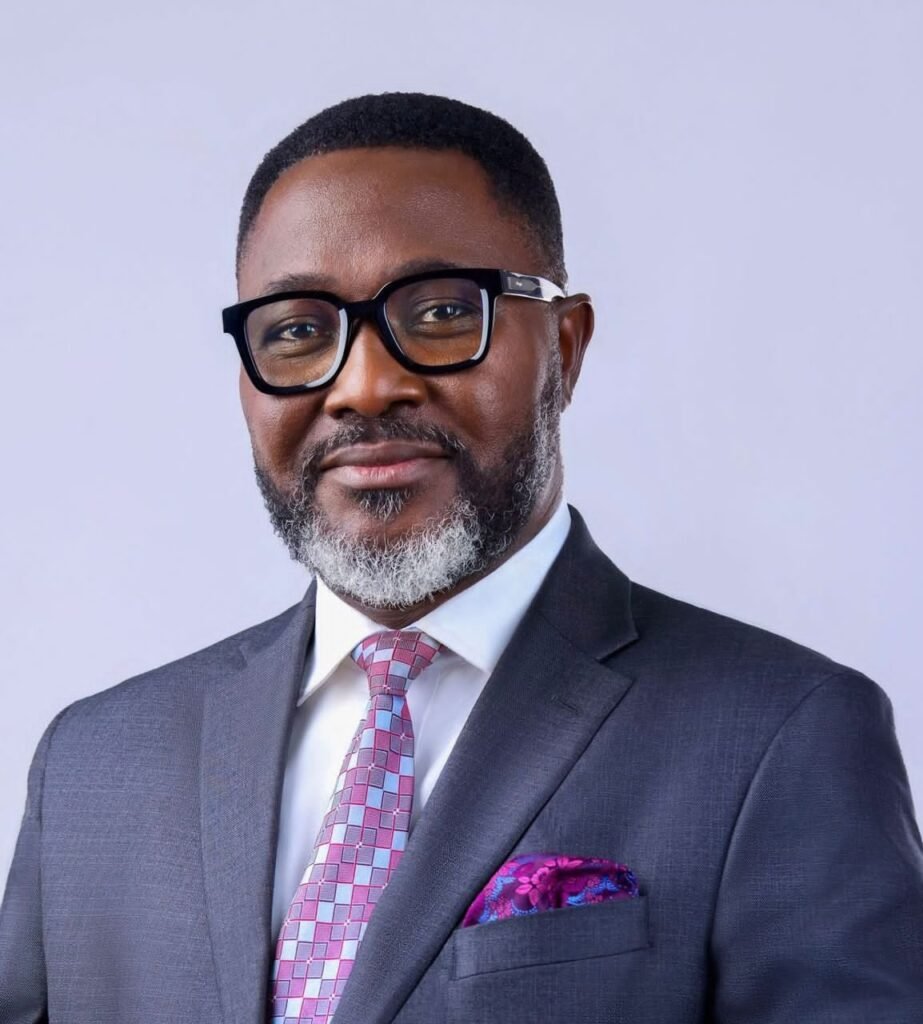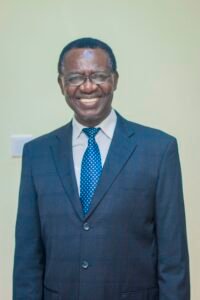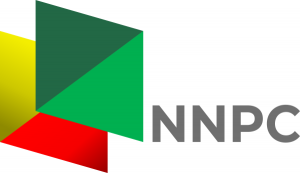- By Sola Adebawo
The philosopher Alfred Korzybski’s maxim, “The map is not the territory,” provides a profound framework for understanding the Nigerian experience. It reminds us that our models of reality—our beliefs, narratives, and perceptions—are never the full, living reality they represent. For a nation as complex and dynamic as Nigeria, this distinction is not a mere intellectual exercise; it is a matter of national survival and a fundamental call to a more mature, development-conscious, and responsible form of journalism.
In the Nigerian context, the “map” is often a collection of familiar, and often limiting, narratives. It is the news headline that screams of ethnic strife, the political speech that paints an entire region with a single brushstroke of corruption, or the sensational social media post that frames our diverse country as a perpetual battleground. This map, while sometimes rooted in real events, is a gross simplification.The “territory,” on the other hand, is the full, sprawling reality of Nigeria. It is the resilience of a young entrepreneur in Lekki, the quiet innovation in a Kano factory, the vibrant inter-ethnic cooperation in a bustling Aba market, and the thousands of daily acts of kindness that go unreported. This is the part of the story that the simplistic map often leaves out.
Nationalism: A Map for Progress or a Fallacy?
Nationalism, at its best, is a powerful and unifying map for development. It is the shared belief in a common destiny and the collective will to build a better future. During Nigeria’s struggle for independence, this map of “One Nigeria” was a potent force, bringing together disparate groups for a common purpose.The danger, however, is the map-territory fallacy, where the idealized map of nationalism is confused with the complex, often messy, territory of a multi-ethnic, multi-religious state. When our nationalist map becomes dogmatic—insisting that only one political ideology or one ethnic group holds the key to progress—it blinds us to the nuances of the real-world territory. It leads to the demonization of others and the rejection of alternative perspectives, stifling the very dialogue needed for true development.
Development Consciousness and The Search for the Real Territory
A development-conscious society is one that is constantly and critically checking its map against the territory. It understands that progress is not achieved by repeating the same tired narratives, but by seeking a deeper, more accurate understanding of the challenges and opportunities at hand.• In the Business Landscape: The map of Nigerian manufacturing often suggests a sector crippled by poor infrastructure and foreign competition. However, a journalist committed to exploring the territory would go beyond this easy narrative. They would visit a company like Innoson Vehicle Manufacturing (IVM). While the map might show IVM’s struggle with policy inconsistencies and import dependencies, the territory reveals something else: a determined workforce, a growing R&D department, and a conscious effort to build a local supply chain. The responsible reporter would capture not just the problems, but the grit, the vision, and the small victories that make development possible. The story is not just about the difficulty; it’s about the resolve.• In the Policy and Legislative Space: A new government policy or a proposed bill is a map—a theoretical blueprint for change. The map might promise economic growth or a new era of transparency. A responsible journalist knows their duty is to examine how this map translates to the territory of everyday life. An excellent example is the reporting on the Lagos-Calabar Coastal Highway project. Instead of simply reprinting the official press releases (the map), investigative journalism explores the territory: the affected communities, the environmental impact, the details of the contracts, and the concerns of those who stand to be displaced. This kind of reporting doesn’t just inform; it holds power accountable and enriches the national conversation with the voices of those most affected by the policy.• In the Social Landscape: Perhaps the most dangerous of all maps are those that create an “us versus them” mentality. In a nation with deep historical divisions, irresponsible journalism can easily perpetuate these maps, leading to real-world consequences. We see this with the proliferation of fake news and hate speech, particularly on social media. A sensational headline about a farmer-herder clash (a tragic part of the territory) can be manipulated to create a map of endless ethnic warfare.
Responsible journalism, however, actively works against this. It seeks out stories of bridge-building. It highlights the efforts of civil society organizations that promote inter-ethnic dialogue. It reports on the shared cultural festivals that unite communities rather than divide them. By doing so, it helps to create a new, more accurate map of Nigeria—one that recognizes the diversity and celebrates the shared humanity of its people.
The Way Forward: Building a Better Map
For Nigeria to realize its full potential, a paradigm shift is needed. We must collectively abandon our old, flawed maps and embrace the complexity of the territory. This requires a new breed of nationalistic consciousness, one not built on jingoism or dogmatic ideology, but on a critical, empathetic, and evidence-based understanding of our country.It is a call to every Nigerian, especially the media, to be a cartographer of the truth. To move beyond the easy headlines and sensationalism, and to dive deep into the rich, nuanced, and often contradictory reality of our nation. By doing so, we can create a map that not only accurately reflects the Nigerian territory but also guides us toward a future of true unity and sustainable development.
• Sola Adebawo is an accomplished business leader and communications expert with extensive experience in the oil and gas industry. He currently serves as the General Manager of Government, Joint Venture, and External Relations at Heritage Energy. Adebawo is also an author, scholar, and ordained minister, known for his writings on strategic communication and leadership.





